June 2, 2025 | 14:17 GMT +7
June 2, 2025 | 14:17 GMT +7
Hotline: 0913.378.918
June 2, 2025 | 14:17 GMT +7
Hotline: 0913.378.918
However, with no shortage of gut health solutions available, and ambiguity sometimes surrounding results, producers are often caught in a chicken-and-egg situation when it comes to refining their feeding and management strategies. By leveraging data and taking a step-by-step approach, producers can set themselves up for success in creating an effective gut health strategy.
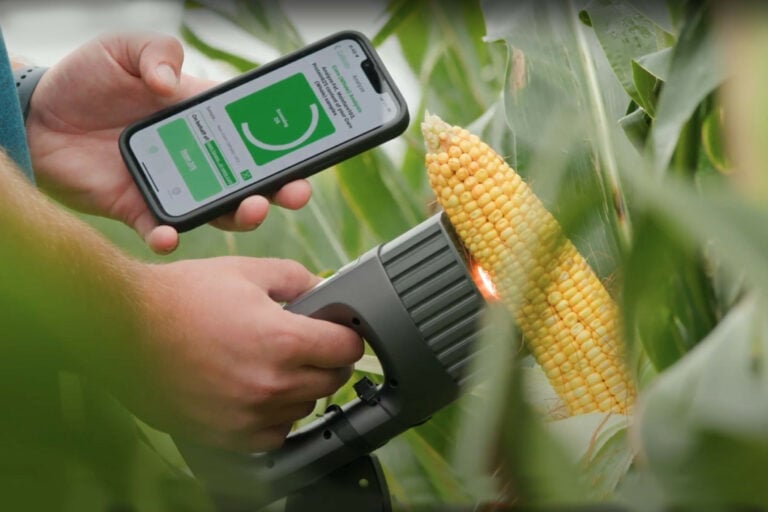
A functional, evidence-based approach to gut health is key to providing practical insights that inform in-field decision making for better animal performance and farm profitability. Photo: AB Vista.
According to the World Organisation for Animal Health, approximately 20% of global livestock production is lost to disease each year – a damaging number for producers. A significant contributor to this loss comes from poor animal gut health. An imbalance in the gut microbiota and other stress factors can affect the functionality of the gut, thus impairing nutrient absorption and microbial fermentation, causing energy waste to inflammatory response and other negative effects. As a result, overall performance and productivity can be impaired, and animals become more susceptible to disease and infection. To mitigate these risks, producers should focus on strategic steps that support gut balance, optimise microbiome function and enable data-driven decision-making.
Understanding microbiome function for a holistic view
Traditional gut health strategies often involve targeting specific pathogens or supplementing diets with probiotics and additives. However, gut health is far more complex than the presence or absence of certain bacteria. Rather than focusing on individual bacteria, producers should consider the bigger picture – that is, the microbiome function (i.e., how different bacterial populations interact, compete and contribute to overall gut efficiency).
A well-functioning microbiome maintains gut homeostasis, thus allowing biochemical and physiological balance. This balance enables animals to efficiently digest feed, absorb nutrients and defend against harmful pathogens. Instead of adopting a trial-and-error approach, producers may look to evaluate microbiome activity to gain clearer insights into gut efficiency and performance.
By implementing gut health strategies that prioritise microbiome function, producers can foster livestock populations that are better equipped to withstand environmental, dietary and health-related challenges in a commercial setting. In turn, this can lead to improved productivity, higher efficiency and greater economic returns.
Striking the right balance
More is not always better when it comes to gut health supplements. In some cases, additives may interfere with the fermentation processes rather than enhance gut homeostasis. For example, excessive lactic acid bacteria supply might lead to an overproduction of lactate, hindering beneficial microbial activity and eventually providing substrate to pathogenic bacteria such as Salmonella. In other cases, overuse has no additional effect other than increasing feed costs for producers.
Many producers still rely on an empirical, product-heavy approach to gut health, often investing without a full understanding of their combined effects on the health and performance of the flock. While some of these additives can be beneficial, excessive reliance on feed additives without carefully considering their effects and interactions can lead to unnecessary costs and suboptimal results. Therefore, the key to effective gut health management is striking the right balance – pursuing targeted interventions based on data and insights.
Data-driven decision-making for gut health optimisation
Monitoring selected biomarkers of intestinal health over time allows producers to benchmark animal responses to different feeding and management strategies, providing an understanding of how well these tactics are performing under their own context. By tracking these markers, producers can identify trends, optimise productivity and reduce unnecessary costs. A data-driven approach enables quick insights into what is working, allowing for adjustments that enhance animal performance.
For example, targeted microbiome analyses can help identify key indicators that correlate with optimal gut health, empowering producers to make informed decisions about diet formulations, health interventions and overall management strategies. Measurable data can be used to refine approaches and ensure the best outcomes for their livestock, maximising productivity while minimising unnecessary expenses.
Biomarkers for a more targeted approach
Research continues to point to the importance of the microbiome function in supporting animal resilience. For a clearer picture of what a good microbiome looks like, it is necessary to look at microbiome functionality. Studies show that this can be characterised under different circumstances using selected universal markers – such as commensal and pathogenic bacteria families, short-chain fatty acids (SCFA) and inflammation markers in faeces or caecal content of poultry species – for a clearer and more targeted approach. These insights can be used to evaluate how different feed or management strategies impact gut health over time.
By analysing key gut health biomarkers, we can shed light on how populations adapt to different changes (nutrient levels, ingredient profile, medication programme) and stressors (e.g., vaccine, disease challenge) happening over time in a farm or a complex system, helping to identify or test solutions that support gut integrity and overall resilience that ripple across the production cycle.
Technology plays a big part here. Feed analysis tools such as our Near-InfraRed Spectroscopy (NIRS) predictions provide real-time assessment of ingredient composition, helping to optimise diet formulations for maximum effect. Advances in sampling methods, such as BioFreeze technology by Alimetrics, make it easier to collect and stabilise gut health samples under commercial conditions. By preserving sample integrity at ambient temperatures, this technology improves the practicality of microbiome monitoring, allowing samples to be safely handled and shipped, even by personnel with minimal training.
With these research-driven tools, producers can move beyond trial-and-error methods and apply targeted strategies that beneficially modulate the microbiome and better equip animals to thrive in commercial production environments.
Practical approach for actionable insights
A functional, evidence-based approach to gut health is key to providing practical insights that inform in-field decision making for better animal performance and farm profitability. Supported by technology and leveraging data-driven insights, producers can support robust and resilient livestock that can better withstand the stressors of commercial production. In an industry where efficiency and sustainability are critically important, taking a targeted and informed approach to gut health is key to long-term success.
(Poultryworld)
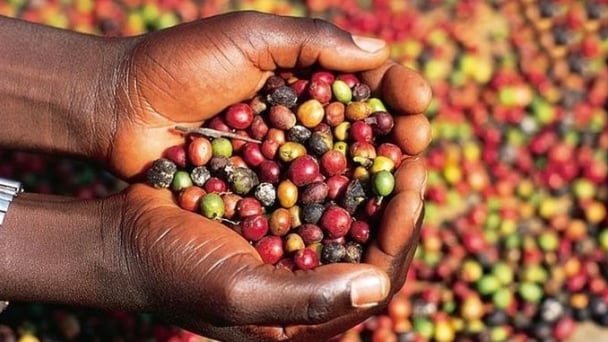
(VAN) Coffee prices on May 29, 2025, are fluctuating. The domestic coffee market declined, dropping by VND 2,200, trading at VND 119,700 – VND 120,000/kg.
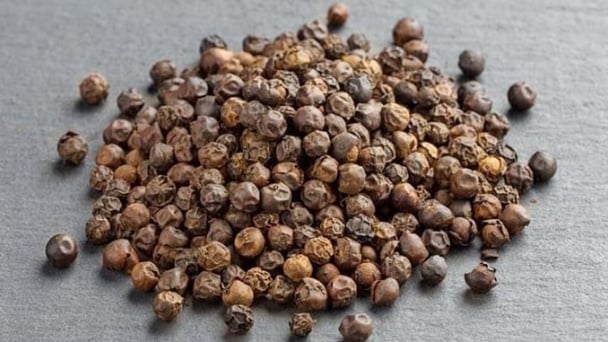
(VAN) Pepper prices on May 29, 2025 declined sharply. Domestic pepper prices in Vietnam remain stable, Trading at VND 147,000 to VND 148,000/kg.

(VAN) Rubber prices on May 28, 2025 are maintaining an upward trend. Domestic latex prices remain stable, trading in the range of VND 397 to VND 462/TSC.
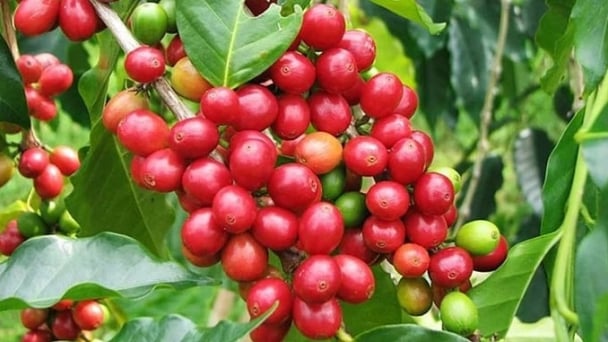
(VAN) Coffee prices on May 28, 2025, show mixed movements. Domestically, prices dropped sharply by VND 1,600, trading at VND 121,700 – VND 122,200/kg.

(VAN) Pepper prices on May 28, 2025, remained unchanged globally. Domestic pepper prices have increased by VND 1,500, trading at VND 147,000 – VND 148,000/kg.
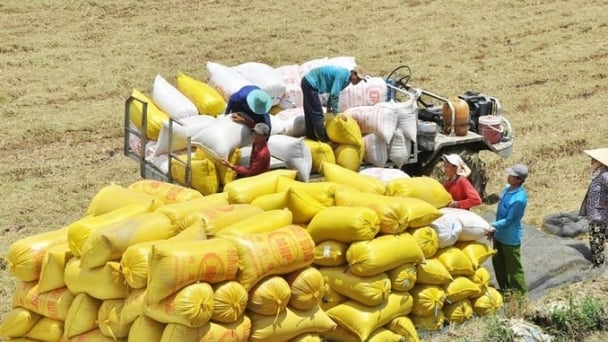
(VAN) Rice prices on May 27, 2025, show no new changes for both paddy and milled rice. Meanwhile, Vietnam’s export rice prices continue to remain flat.